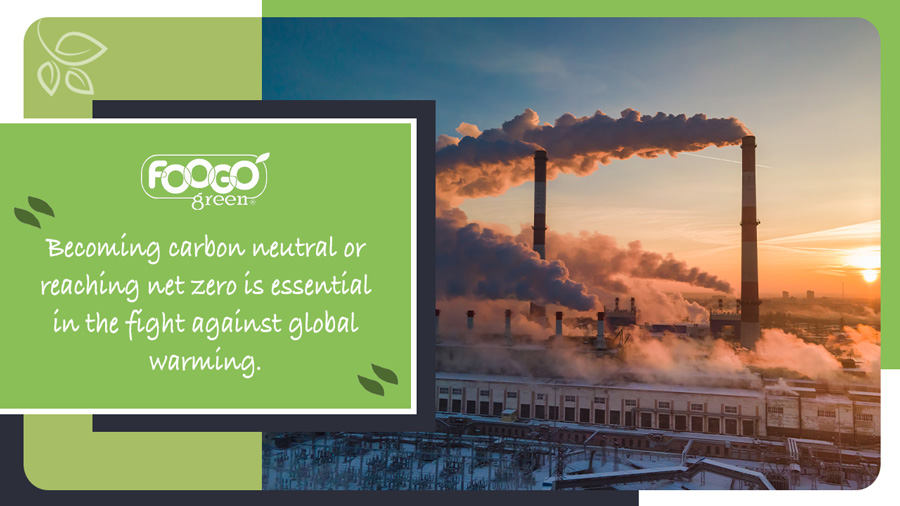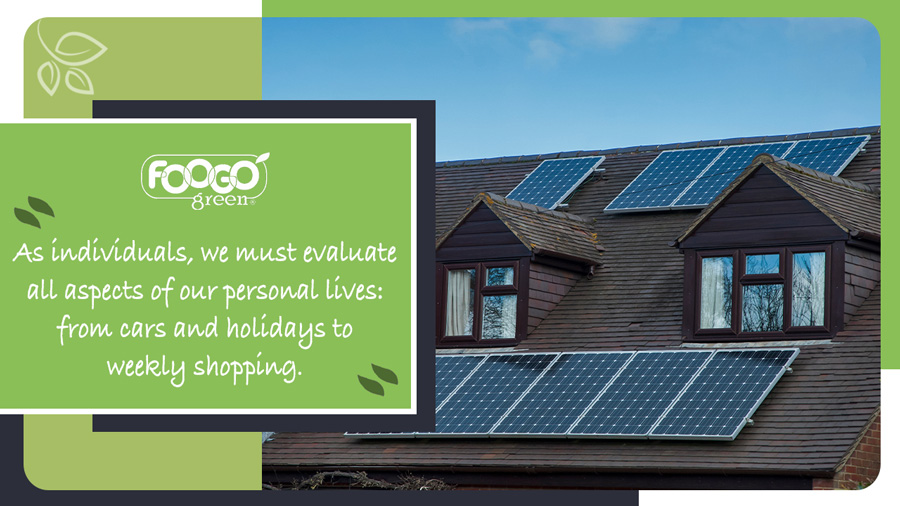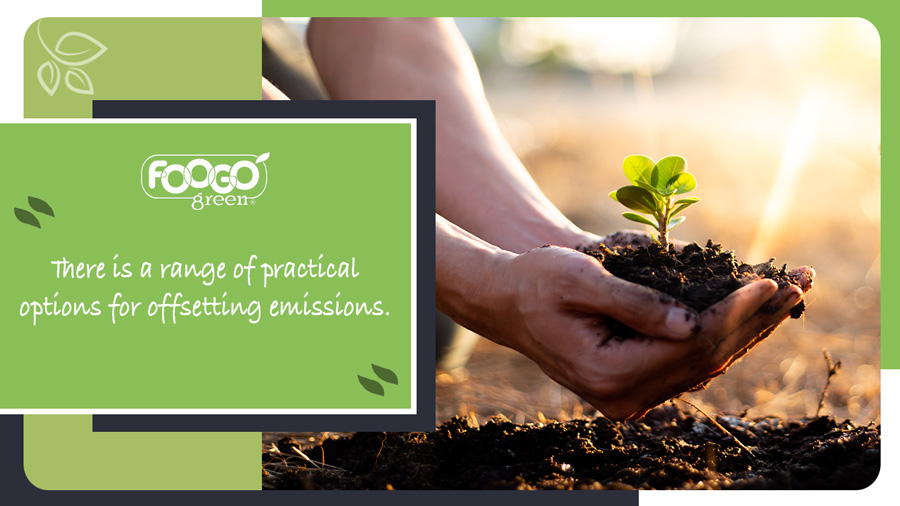What does 'carbon neutral' mean?
15th Aug 2022
As we try to live more sustainably, and the government strives to reach ambitious environmental targets, being ‘carbon neutral’ has become a topic of national and international focus.
UK government emissions targets
In June 2019, the government announced an intention to reduce the UK’s net emissions of greenhouse gases by 100 percent (compared to 1990 levels) by 2050. This would make the UK ‘net zero’.
To elaborate on these plans, it was announced in 2021 that a new target had been set to reduce emissions 78 percent by 2035.
To reach this goal, we will all need to change the ways we choose to live and work.

The difference between ‘carbon neutral’ and ‘net zero’
Defining ‘carbon neutral’
Carbon neutrality specifically refers to the amount of carbon removed from the atmosphere being equal to the carbon emitted into it. That makes it sound like net zero, but it isn’t.
Defining ‘net zero’
Net zero relates to a balance between the amount of greenhouse gas emissions (GHGs) produced and the amount removed from the atmosphere. Greenhouse gases include:
- carbon dioxide
- methane
- sulphur dioxide
Net zero is now the internationally agreed goal for mitigating global warming.
Why is the difference important?
'Carbon neutral’ is a narrower term focusing only on the removal of carbon.
Other gases included under the ‘net zero’ definition contribute about 24 percent of global greenhouse gas emissions. Carbon dioxide contributes 76 percent.
However, attaining carbon neutrality or net zero is essential in the fight against global warming.
How do you become carbon neutral?
There is a three-step process to becoming carbon neutral:
Measure your emissions contribution
You cannot reduce emissions effectively until you know what your carbon footprint is and where your worst emissions come from.
If you’re a business, there are many reputable organisations that can help evaluate all aspects of your operations, including your supply chain, and work out your CO2 emissions.
At FOOGO green, we work with ClimatePartner: a global organisation that helps businesses calculate and reduce carbon emissions, in addition to offsetting emissions.
As individuals, we need to evaluate all aspects of our personal lives: from our cars and holidays to weekly shopping choices and daily habits.
There are lots of online carbon calculators you can use to help identify your carbon footprint and start being eco-friendly, in addition to simple steps like checking packaging or opting to buy eco-friendly products.

Plan and act
As a business, you need a credible scientific strategy for reducing or offsetting your emissions. For us, this has meant using sustainably sourced materials such as dried areca palm leaves collected from the forest floor and establishing low-carbon processes.
For example, we use fresh water and a hot compress to clean the leaves and mould them into tableware, which can be composted or reused.
As an individual, your plan will probably be more straightforward. For example, can you have the heating on at home less often? Perhaps you could switch to an electric car and only buy sustainably sourced and produced products?
In addition, consider what you can do to offset those emissions you can’t eliminate.
Offsetting usually involves cancelling out your own emissions by investing in a project that reduces or stores carbon, such as forest preservation or tree planting.
There are plenty of ways to do this – from helping with a local replanting project to donating to a reforestation programme in the Amazon.

Be accountable for your actions
This could take a variety of forms, such as joining a dedicated group, setting up a social media page to announce your goals and post your progress, or just checking in regularly as a family.
For us, it means being certified by ClimatePartner. Ensuring we remain carbon neutral is, of course, an ongoing process and something we feel very strongly about too.
Taking first steps towards carbon neutrality
If you’d like to start making the switch to becoming carbon neutral, our reusable and biodegradable tableware is a good starting point.
For more information on other possible options, our blog archive contains useful guidance such as reducing plastic consumption or engaging in sustainable shopping.

